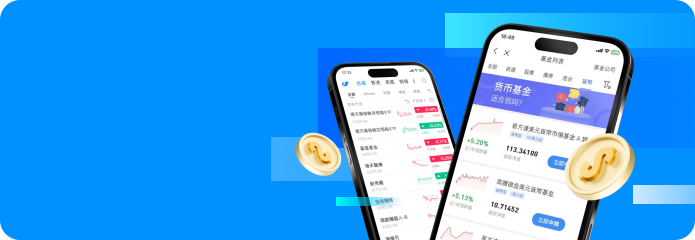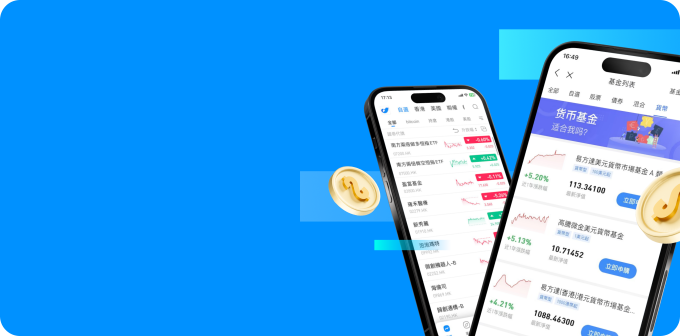In recent months, markets have repeatedly shown “flash reversals” — plunging one moment and bouncing back the next. Who’s really behind this rhythm? The answer often lies not in people, but in algorithms. Quantitative trading (Quant Trading) has quietly become a dominant force in global markets. By replacing human emotion and intuition with models and data, it makes trading faster, more precise — and more impactful.
What Is Quantitative Trading?
In simple terms, quantitative trading refers to the use of mathematical models, statistical methods, and computer programs to identify and execute investment opportunities.
Its core lies in data, not emotion. In the past, investors relied on experience and instinct; now, algorithms can make trading decisions in milliseconds.
|
Strategy Type |
English Term |
Core Logic |
Key Features |
|
趋势跟踪 |
Trend Following |
Buy when prices rise, sell when they fall — follow the trend |
Captures long-term trends; stop-loss is crucial for risk control |
|
均值回归 |
Mean Reversion |
Bet that prices will return to their average; trade against short-term deviations |
Works well in sideways markets but vulnerable to sudden trends |
|
套利交易 |
Arbitrage |
Exploit price differences between markets or instruments |
Low-risk but small returns; requires speed and accuracy |
|
高频交易 |
High-Frequency Trading |
Execute large numbers of trades in milliseconds to capture tiny price gaps |
Extremely speed-dependent; dominated by institutions |
In major markets, quantitative strategies already account for a significant share of total trading. In the U.S., about 70% of transactions are driven by algorithms, and the share in Hong Kong and other Asian markets continues to rise.
Smarter with AI: Algorithms That Learn
Traditional quantitative models relied on fixed statistical rules. But with the rise of artificial intelligence (AI), algorithms have gained the ability to learn and adapt.
Modern AI-driven systems can automatically identify trading patterns from massive amounts of historical and real-time data — such as fund flows, sector rotations, or market sentiment. They can also fine-tune trading parameters to match changing market conditions. Some even use natural language processing (NLP) to extract market signals from news headlines, social media, or corporate announcements.
This evolution has made markets faster and more sensitive. When multiple algorithms detect similar signals, buy/sell orders may be triggered almost simultaneously — resulting in the “flash rallies” or “sudden selloffs” that investors often see. AI has made the market smarter, but also more prone to emotional synchronization within seconds.
Impact: Efficiency Gains, But Greater Volatility
Quantitative trading has greatly improved market efficiency. Algorithms execute orders, matching, and settlement in milliseconds, leading to tighter spreads and better liquidity.
At the same time, automated decision-making reduces human bias, promoting more disciplined and systematic trading behavior.However, there’s a flip side. When most models react to similar data signals, markets can move in unison — rising and falling together. In extreme events or under sudden news, high-frequency systems can amplify short-term swings and even trigger chain reactions that cause flash crashes.
How Should Investors Respond?
For individual investors, the rise of quantitative trading brings both challenges and opportunities. In a market where momentum shifts faster than ever, it’s crucial to understand these new rhythms: price reversals are sharper and shorter, so position control and stop-loss discipline matter more than ever.
Investors can also consider quant-driven ETFs or funds as part of a diversified portfolio. But they should beware of blindly following trends — quantitative trading depends on massive datasets and computing power that retail investors can’t easily replicate. It’s wiser to understand the logic than to chase short-term gains.
Ultimately, quantitative trading represents a shift from emotion to logic, from intuition to data. As AI and algorithms reshape the rules of finance, learning to interpret the logic behind the code may well be the first step to understanding the markets of the future.



